Does the Plastic Sheet Protective Film Affect the Sheet's Transparency
2025-08-06
Impact of Protective Films on Plastic Sheets
1. The Impact of the Protective Film's Transparency
- High-quality protective films should have excellent transparency, without any cloudiness or haze.
- If the protective film's material contains impurities, bubbles, or uneven additives, light will scatter, making the plastic sheet appear hazy.
- These low-quality protective films will directly affect the sheet's light transmission and lose its original transparency.
2. Impact of Lamination
- If the protective film and plastic sheet are not tightly bonded, air can easily enter between them, forming bubbles or wrinkles.
- These bubbles and wrinkles alter the refraction path of light, visually creating shadows or blurred areas, and reducing the transparency of the plastic sheet.
- Furthermore, dust or impurities left during the lamination process can create significant obstruction at the contact surface, affecting the overall sense of transparency.
3. Impact of Material Chemical Reactions
- The adhesive composition of some protective films is unstable, and after long-term lamination, they may undergo a minor chemical reaction with the plastic sheet surface.
- This reaction can cause haze or discoloration on the plastic sheet surface, which is difficult to completely eliminate even after removing the protective film.
- This chemical reaction is particularly prone to occur in high-temperature or humid environments, resulting in permanent changes in the transparency of the plastic sheet.
4. Impact of Long-Term Use
- Protective films that have been used for a long time may develop yellowing and brittleness due to aging.
- These changes directly reduce their light transmittance, thus affecting the visual quality of the plastic sheet.
- In addition, the aged protective film may leave a residual adhesive layer when it is peeled off. These adhesive layers are not only difficult to remove, but also form an irregular covering layer on the surface of the plastic board, further destroying the transparent properties of the board.
You Might Also Like
-
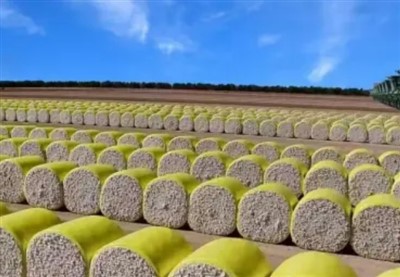
what are the advantages of cotton packaging film
-
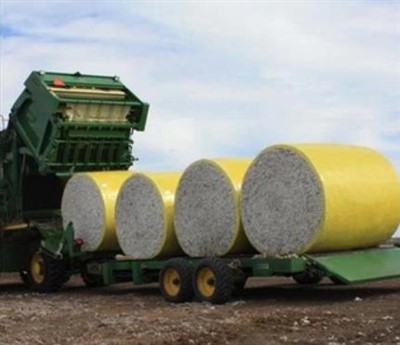
The Advantages of Cotton Wrap Film
-
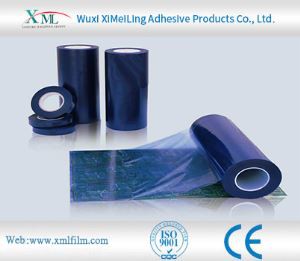
How does pe protective film cope with high temperature environment
-
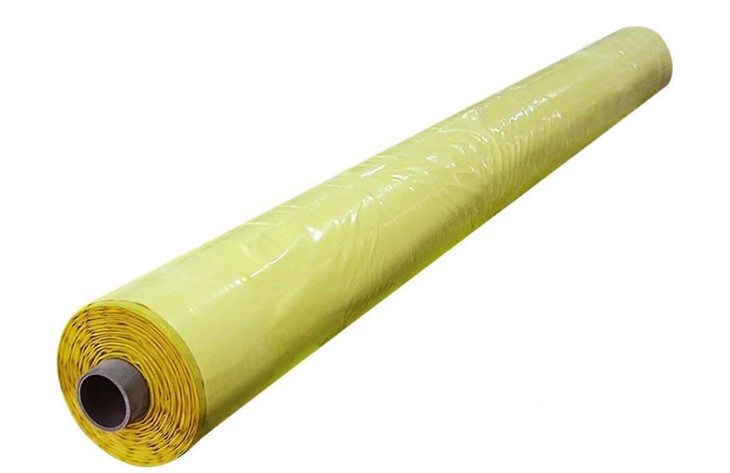
Advantages of Cotton Bale Wrap Film
-
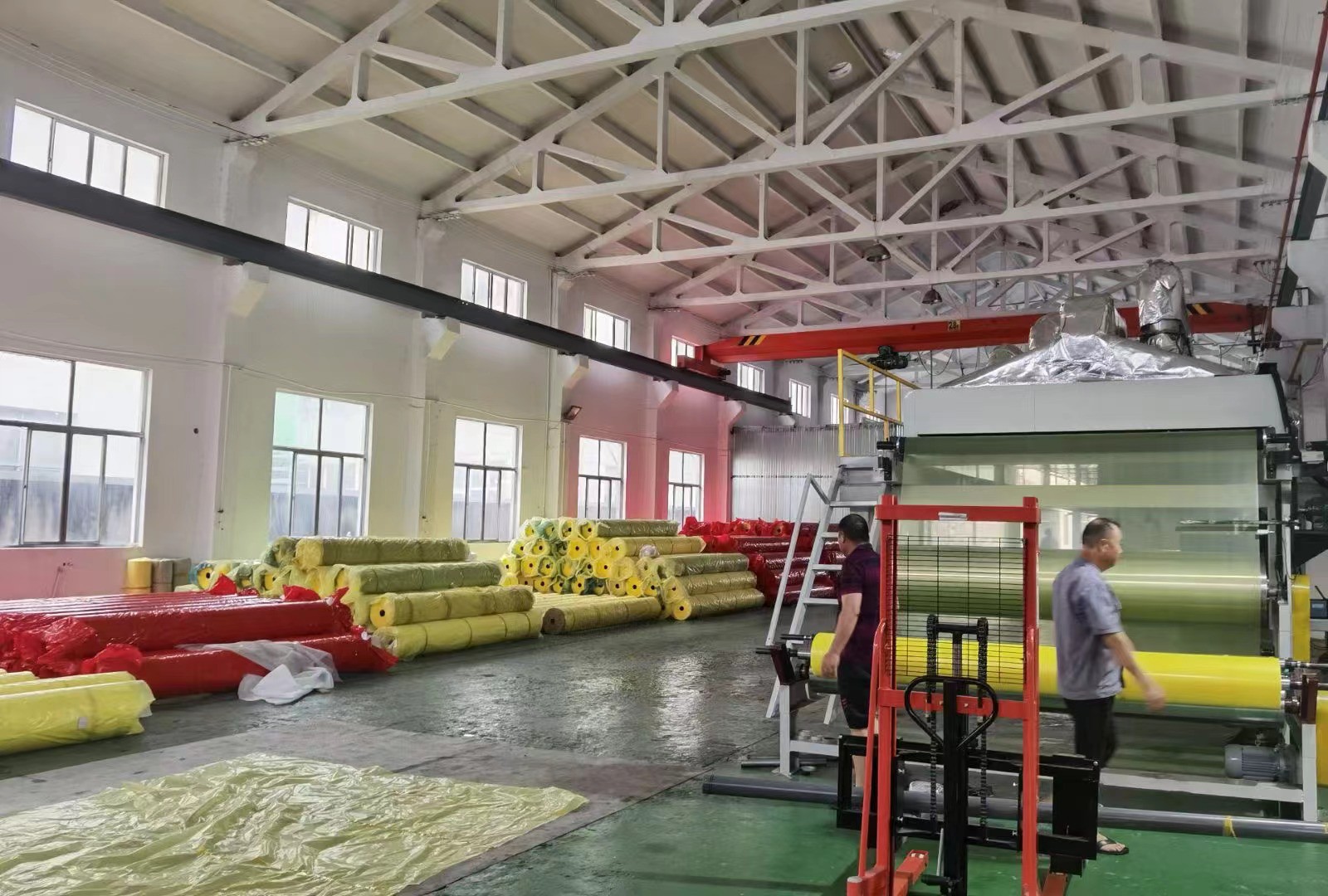
Storage method of cotton bale wrap film
-
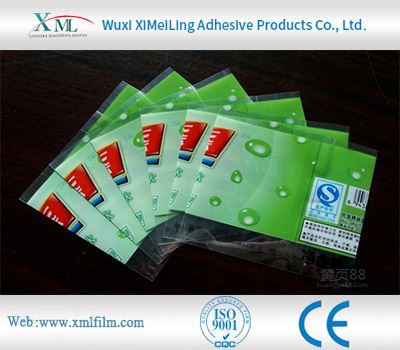
How Polyethylene Packaging Material Copes with High Temperature Environment
